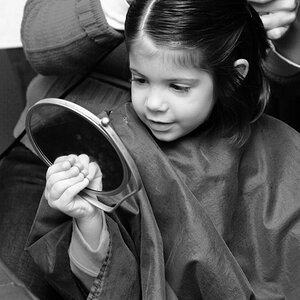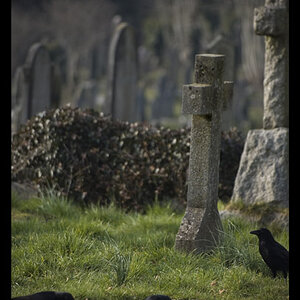Mindy
TPF Noob!
- Joined
- Mar 31, 2009
- Messages
- 106
- Reaction score
- 0
- Can others edit my Photos
- Photos OK to edit
Hello, I am trying to understand a few things I was recommended which brings me here. I was told that lighting and contrast is most important. I also was told that the sharper the better. Well what about softening? And what about depth of field?
Thank you.
Thank you.
Last edited:


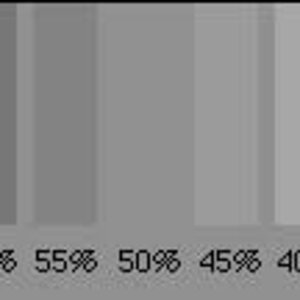

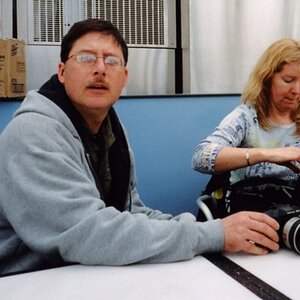
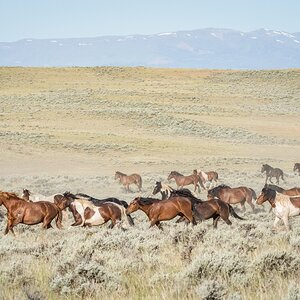
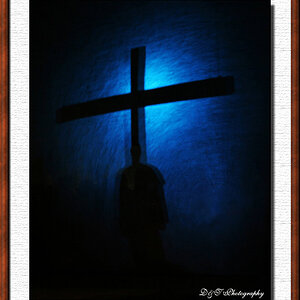
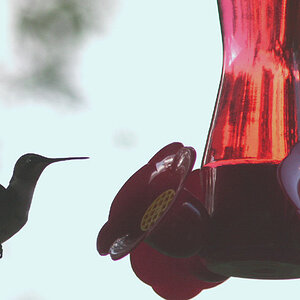
![[No title]](/data/xfmg/thumbnail/30/30996-79ed44b1137a7c3ab5b0a1146b111238.jpg?1619734559)

![[No title]](/data/xfmg/thumbnail/30/30992-773558233723ab0d28c307a97a1a2427.jpg?1619734556)
![[No title]](/data/xfmg/thumbnail/37/37656-96c70ee246b815f10e703ff6cd8acdc0.jpg?1619738172)
